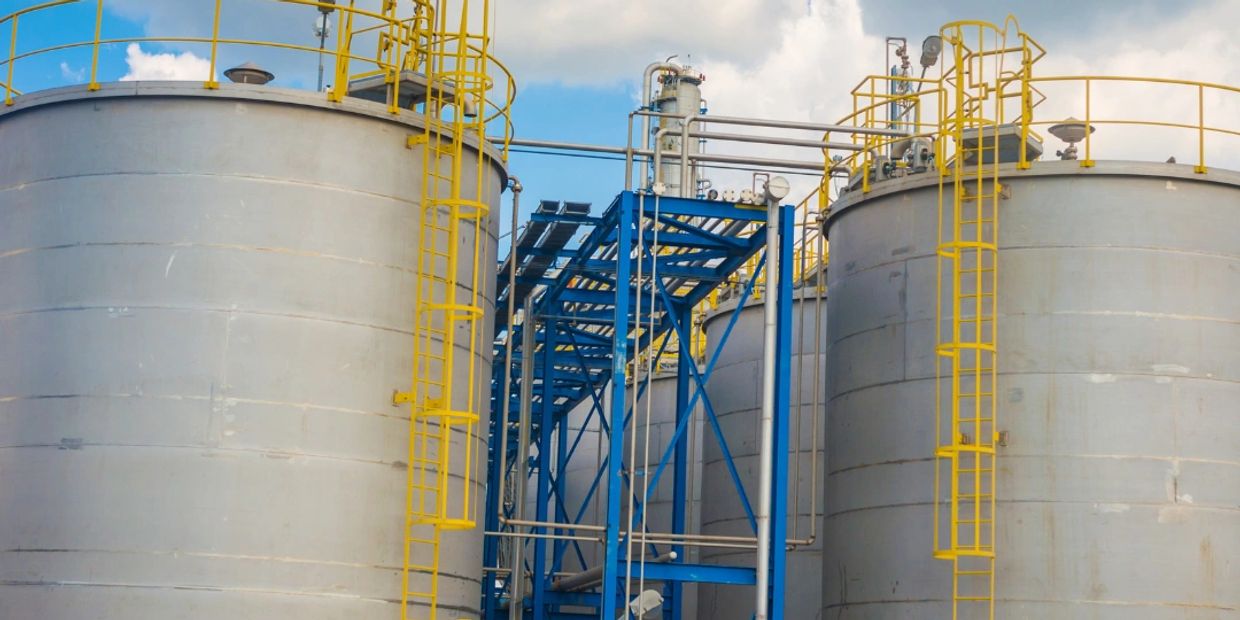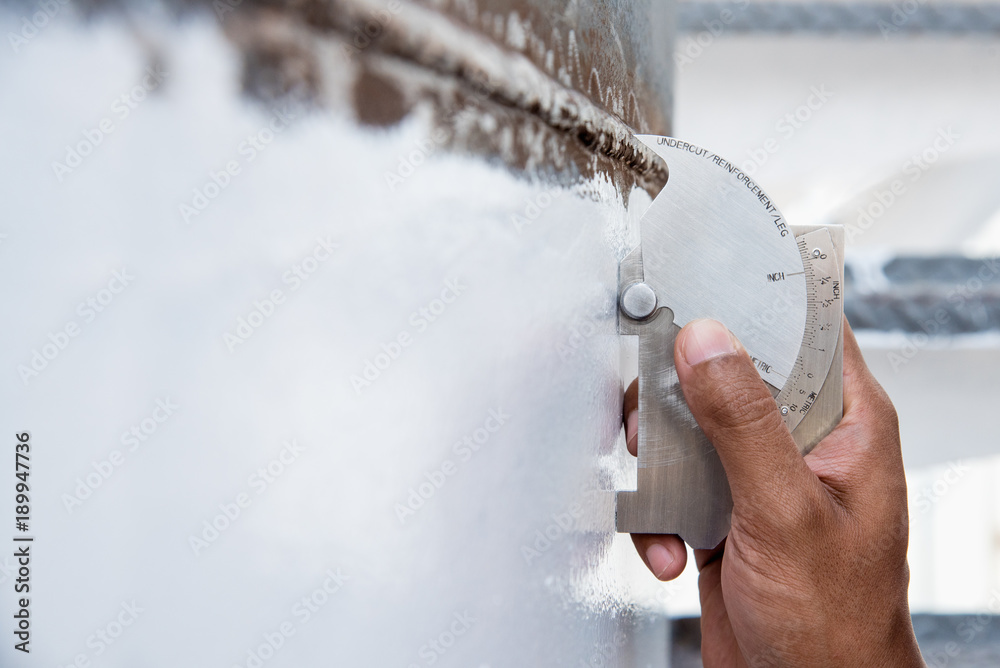Comprehensive Overview to Effective Tank Welding Inspection Techniques and Best Practices for High Quality Guarantee
In the realm of storage tank welding, rigorous assessment techniques are critical for safeguarding architectural stability and making certain conformity with sector laws. As we explore these important components, it comes to be clear that a proactive assessment approach is not simply beneficial, but vital for functional success in environments dealing with harmful materials.
Significance of Storage Tank Welding Examination

Storage tank welding inspection works as a preventative procedure, determining prospective flaws such as cracks, porosity, or improper joint infiltration prior to they rise right into severe concerns. Normal examinations not just comply with sector guidelines and requirements but likewise boost the durability of the storage tanks, reducing the demand for costly fixings or substitutes.

Visual Inspection Techniques
Utilizing methodical aesthetic inspection techniques is important for analyzing the top quality and integrity of welded joints in containers. This method works as the very first line of protection in determining prospective defects such as splits, undercuts, and inadequate infiltration. The assessor must come close to the job with a keen eye, making use of suitable tools like magnifying glasses, flashlights, and mirrors to boost exposure.
During the inspection procedure, the inspector should evaluate the weld profile, guaranteeing it sticks to defined criteria and standards (Tank Welding Inspection). This consists of checking out the grain size, elevation, and fusion with the base material. Examiners must also pay close focus to the bordering areas for indications of thermal distortion or contamination that might influence the weld's efficiency
Documents of findings is vital; assessors must videotape any type of anomalies, categorizing them by severity for more examination. This methodical technique not only help in prompt defect recognition however additionally adds to long-term quality control by making sure compliance with sector requirements. Regular training and calibration of aesthetic assessment methods further enhance the integrity of assessments, inevitably causing much safer and a lot more long lasting storage tank structures.
Non-Destructive Testing Approaches
Non-destructive testing (NDT) approaches are often employed in tank welding examinations to analyze the honesty of welded joints without endangering their architectural stability. These techniques are vital for recognizing problems such as splits, gaps, and inclusions that could bring about devastating failings if left undiscovered.
Typical NDT methods include ultrasonic screening (UT), which utilizes high-frequency acoustic waves to spot interior flaws; radiographic testing (RT), utilizing X-rays or gamma rays to envision weld my blog structures; and magnetic particle screening (MT), which reveals surface and near-surface interruptions in ferromagnetic products (Tank Welding Inspection). Liquid penetrant screening (PT) is likewise extensively utilized, qualified of detecting surface-breaking problems by applying a fluorescent or color comparison color
Each NDT method has its certain applications and benefits, making it essential for inspectors to choose the suitable method based upon the material and the type of weld being assessed. The combination of these NDT approaches visit this site right into the inspection process boosts the overall top quality guarantee structure, making certain that welded storage tanks satisfy safety and security and efficiency criteria. Ultimately, NDT plays an essential function in preserving the honesty and longevity of container frameworks in numerous commercial applications.

Documentation and Coverage
Making certain thorough documentation and reporting throughout storage tank welding examinations is vital for maintaining compliance with market requirements and helping with effective interaction amongst stakeholders. Appropriate documents works as a comprehensive document of examination tasks, findings, and any rehabilitative actions taken throughout the welding procedure. This details is important not only for quality control but likewise for audits and regulatory reviews.

A well-structured inspection record ought to include information such as the date of inspection, names of assessors, welding procedures used, products used, and any inconsistencies from developed requirements. Additionally, pictures and representations can enhance the clarity of the record, supplying visual context to the searchings for. It is also vital to document any non-conformities in addition to their resolution, guaranteeing that all stakeholders are informed of possible threats and the steps required to alleviate them.
Furthermore, keeping a centralized database for all examination records enables very easy retrieval and testimonial, cultivating a culture of transparency and responsibility. By focusing on precise paperwork and coverage, companies can not just copyright quality control however also enhance their reputation within the industry, ultimately bring about enhanced safety and security and operational performance.
Continuous Renovation Practices
Continuous improvement methods are essential for improving the quality and efficiency of container welding examinations. One reliable method involves regular training and upskilling of inspection workers to remain abreast of the newest welding technologies and criteria.
Additionally, using data-driven analysis allows companies to track examination results, recognize patterns, and pinpoint locations for improvement. Using devices such as root reason analysis can aid in comprehending the underlying issues leading to issues, making it possible for targeted treatments. Furthermore, soliciting responses from evaluation groups and stakeholders produces a collective environment that encourages innovative remedies.
Integrating sophisticated technologies, such as automatic evaluation systems and real-time surveillance, can substantially improve the precision and speed of examinations. Routine audits of the evaluation procedures also add to a culture of accountability and continuous improvement. Inevitably, these constant renovation practices not just more info here raise the high quality of container welding examinations however also add to total operational excellence and customer satisfaction.
Verdict
In final thought, effective tank welding inspection is pivotal for making certain the architectural integrity and safety of storage systems, specifically those managing harmful materials. Employing a combination of aesthetic examination strategies and non-destructive screening techniques helps with the early recognition of issues, thus maintaining conformity with market requirements.
Comments on “What to Anticipate Throughout a Thorough Tank Welding Inspection”